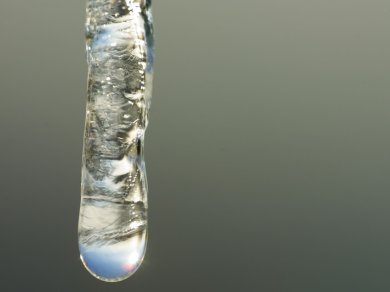Inverse melting – the transition from a crystalline to a less ordered phase upon cooling – is rare but has been shown to occur, typically in systems under extreme pressures.
A. Schöll, Universität Würzburg, Germany, and co-workers have demonstrated that inverse melting can occur in 2 D systems using a monolayer of 1,4,5,8-naphthalene-tetracarboxylic dianhydride on a silver surface without application of external pressure.
They show that the high-resolution low-energy electron diffraction (LEED) pattern disappears upon cooling to 155 K and reappears at around 190 K. The loss of the diffraction spots represents the loss of long-range order within the system and the formation of a low-temperature monolayer phase. They show the phase transition is reversible and can be repeated numerous times, being driven by strongly anisotropic interactions between the monolayer and the metal surface.
- Disordering of an Organic Overlayer on a Metal Surface Upon Cooling
A. Schöll, L. Kilian, Y. Zou, J. Ziroff, S. Hame, F. Reinert, E. Umbach, R. H. Fink
Science 2010, 329 (5989), 303 – 305.
DOI: 10.1126/science.1189106




